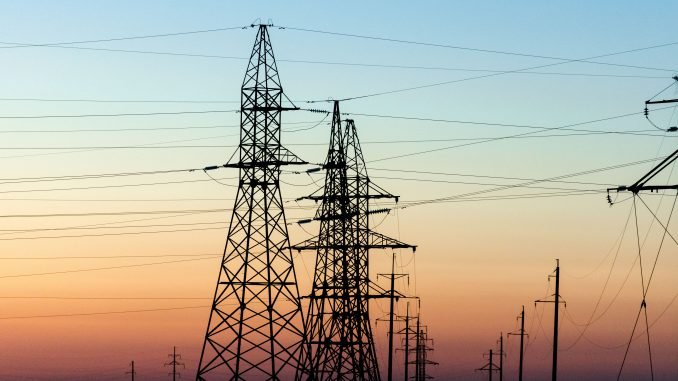
A political agreement planned to be signed in Brussels on Thursday will also set 2025 as a deadline for completing the synchronization project, Nerijus Aleksiejūnas told reporters.
“There is a very clear time-frame, with 2025 as a deadline for our synchronization with Continental Europe,” the advisor said.
“It is also agreed that the synchronization will be done via Poland by using LitPol Link 1, plus additional things such as a reserve link and other technical solutions,” he said.
The political agreement on synchronization is to be signed by the Lithuanian president, the Latvian, Estonian and Polish prime ministers and European Commission President Jean-Claude Juncker before the start of Thursday’s EU summit.
The project’s technical studies analyzed three different synchronization options: the existing single link, two links with Poland, or the current LitPol Link and an undersea direct current (DC) cable between Lithuania and Poland.
Lithuania and Poland maintained that the existing 1,000-megawatt double-circuit LitPol Link would be sufficient for the synchronization, but Estonia and Latvia wanted a second interconnection to be built.
The Baltic grids are still part of the post-Soviet BRELL ring, which also includes Russia and Belarus, and remain dependent on the control center in Moscow and the Russian electricity system.
